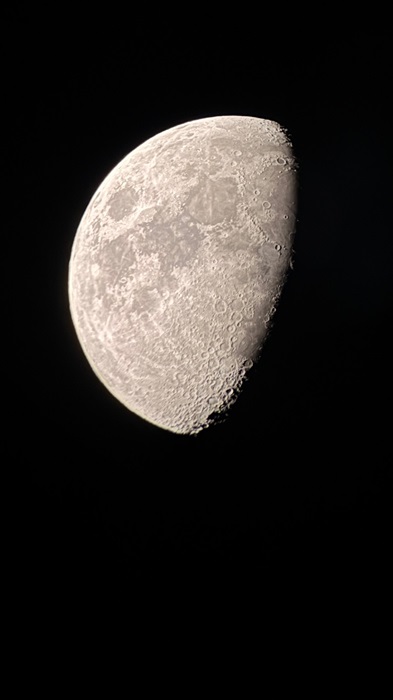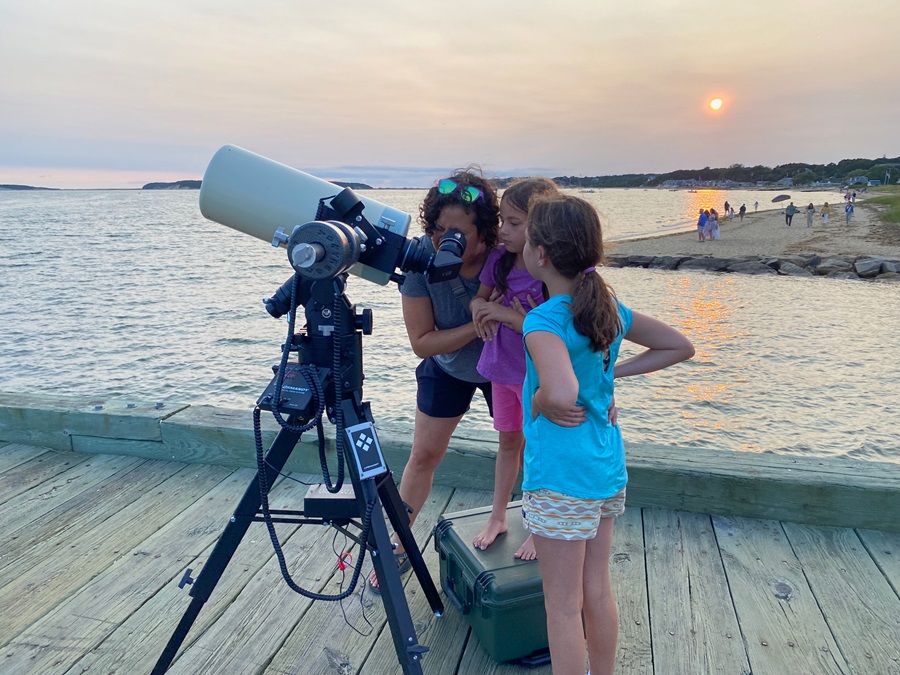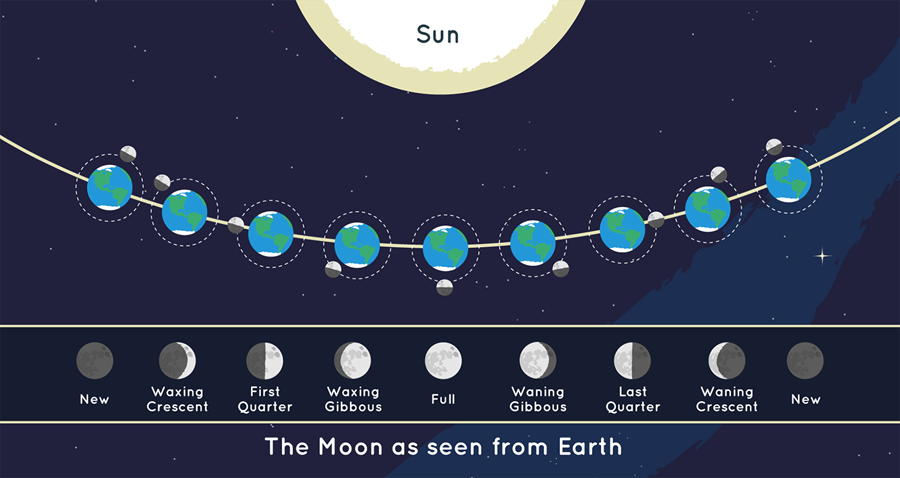Meteor showers, eclipses, and other unusual celestial events get a lot of press. Sometimes this is deserved. The total solar eclipse of 2024 was stunning; in 2020, Comet NEOWISE was easily visible and provided a glimmer of light and hope during the dark days of the pandemic. Other times, the attention is all out of proportion to the spectacle. I don’t know what to say when people excitedly ask me about upcoming partial lunar eclipses they’ve heard about in the news. Partial lunar eclipses are subtle visually, often occur at uncivilized hours, and leave most casual observers underwhelmed.

Supermoons are, in my not-so-humble opinion, the most overhyped of celestial phenomena. Even the name is misleading. A supermoon — when a full Moon coincides with the Moon’s closest approach to Earth in its orbit — looks larger in the sky than the regular full Moon, but only by 14 percent. That’s not so much. And there is no visual reference for gauging its size; you’d need a regular full Moon next to the supermoon to see that it’s larger.
I think the name “very slightly larger Moon” would be better, but that idea has, strangely, not gained any traction.
In any case, high profile lunar events interest me far less than the Moon’s steady, understated 29-day cycle of phases, from new to crescent to full and back again. Getting to know the Moon better is a great way to get to know the whole night sky better. It’s also challenging, because it’s not easy to visualize the constantly evolving orientation of Earth, Moon, and Sun that yields the lunar phases. But it’s worth the effort.
The start of the next lunar cycle on June 25 is the perfect chance to begin. It’s also the easiest part of the cycle to see: it’s a new Moon, when there is no Moon visible at all. With nothing to see, you definitely can’t miss it.
At this point in the lunar cycle, the Moon is “in front” of Earth in relation to the Sun. It’s helpful to visualize the Earth-Moon-Sun system from above, looking down at Earth’s north pole from space. From this perspective, the Moon orbits Earth counterclockwise. At new Moon, the Earth, Moon, and Sun form a straight line; the Moon is at 12 o’clock, between the Earth and Sun. The part of the Moon that’s illuminated by sunlight is facing completely away from us, so we can’t see it.
There is no “dark side” of the Moon (sorry, Pink Floyd fans). But there is a lunar far side, the lunar hemisphere that always faces away from Earth. The Moon is tidally locked to Earth, which means that the same lunar hemisphere always faces Earth as it orbits. At new Moon, the Earth-facing lunar hemisphere is in darkness, but the far side faces the Sun and experiences high noon.
Things change quickly. The Moon orbits Earth at 2,290 miles per hour, slipping out of alignment with Earth and Sun within a day. By June 27, you’ll see a slim waxing crescent Moon in the west after sunset. (Waxing means increasing.) The bright crescent is sunlight creeping over from the far side to the Earth-facing side as the angle between Sun and Moon opens from our point of view.
The Moon continues its orbit. Over the next few nights, its phase waxes as more sunlight reaches the Earth-facing hemisphere. It also rises and sets about 50 minutes later each night as its position relative to Earth shifts counterclockwise. This means that if you observe the Moon at the same time each night, it will appear higher in the sky and farther to the east as the cycle progresses.

On July 2, we reach half, or first quarter Moon. That is, you see half of the illuminated side of the Moon, which is at this point a quarter of the way through its 29-day cycle. Then on July 10, full Moon, when it’s at 6 o’clock in our visualization: behind Earth in relation to the Sun. The Earth-facing hemisphere is fully illuminated, and the Moon rises and sets in opposition to the Sun, close to (but not exactly at) the time the Sun sets and rises.
The Moon starts to wane (decrease) after full Moon. And you’ll have to go out later to see it. By last quarter (you see a waning half Moon) on July 17 it will be rising at midnight and setting at 1 p.m. Yes, you really can see the Moon during the day. Many people are (understandably) unaware of and surprised by this. Most objects in the night sky are invisible by daylight — except the Moon.
By July 19 we’ll have a waning crescent Moon, a pretty sight in the east, rising before the Sun. Finally, on July 24 it will be new Moon again. Another cycle begins.
After tracking a few lunar cycles for yourself, I’m sure you’ll have a good grasp of the Moon’s motion and lunar phases. And maybe you’ll also gain an appreciation of its understated allure. A young crescent Moon at twilight is, to me, the most beautiful thing in the night sky. A full Moon shining overhead at midnight amazes me with its brightness, illuminating the world with silvery light. Watching the Moon’s evolution from night to night keeps me connected to the natural world and the movements of all things in the sky. Clear skies!



